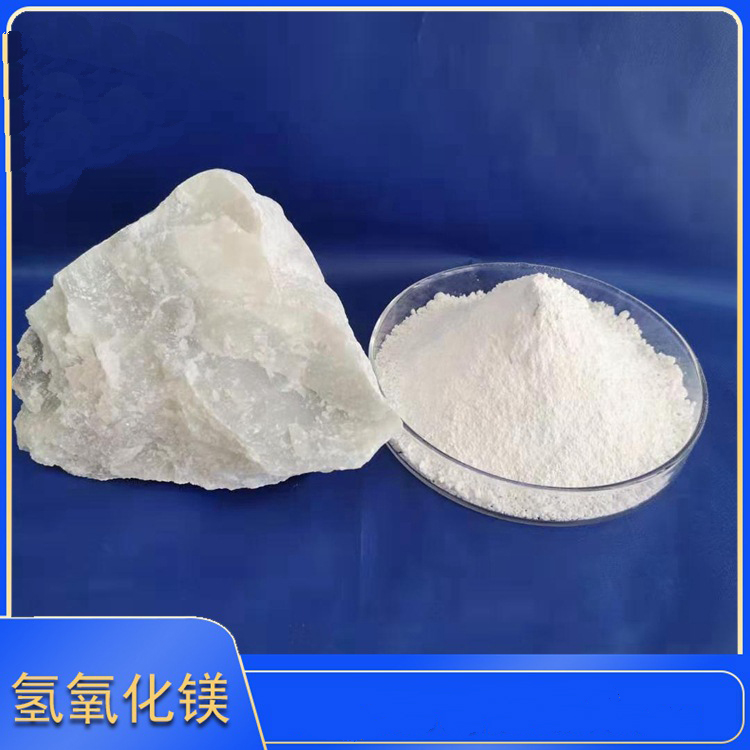发布时间:01-15
Introduction to the flame retardant mechanism of magnesium hydroxide

The flame retardant mechanism of magnesium hydroxide: Magnesium hydroxide decomposes at a temperature of 340-490 degrees Celsius and absorbs heat from the burner surface, thereby acting as a flame retardant.At the same time, a large amount of water is released to dilute the oxygen on the surface of the burner, and the decomposed activated magnesium oxide adheres to the surface of the combustible material to further prevent combustion.Secondly, magnesium hydroxide does not produce harmful substances during the entire flame retardant process. The decomposition products of magnesium hydroxide not only play a flame retardant role, but also absorb a large amount of smoke and harmful gases produced by the burning of plastics, rubber and other polymers.Activated magnesium oxide can continuously absorb incomplete combustion of molten residues, stop combustion at high speed and eliminate incomplete combustion.Smoke removal and droplet capture are new environmentally friendly inorganic flame retardants.According to c

At present, my country uses a large amount of aluminum hydroxide, but as the polymer processing temperature increases, aluminum hydroxide easily decomposes and reduces the flame retardant effect.Therefore, magnesium hydroxide gradually replaced aluminum hydroxide.Compared with aluminum hydroxide, magnesium hydroxide has the following advantages: The decomposition temperature of magnesium hydroxide is 100°C higher than that of aluminum hydroxide, reaching 330°C, which is beneficial to increasing the processing temperature, speeding up the extrusion speed, and shortening the plastic molding time; hydroxide Magnesium has high decomposition energy and is beneficial for absorption and combustion.Ion heating improves flame retardant efficiency; magnesium hydroxide and acid have strong neutralizing ability and can quickly neutralize the acidic gases CO2 and SO2 produced by plastics during the combustion process.NOx etc.